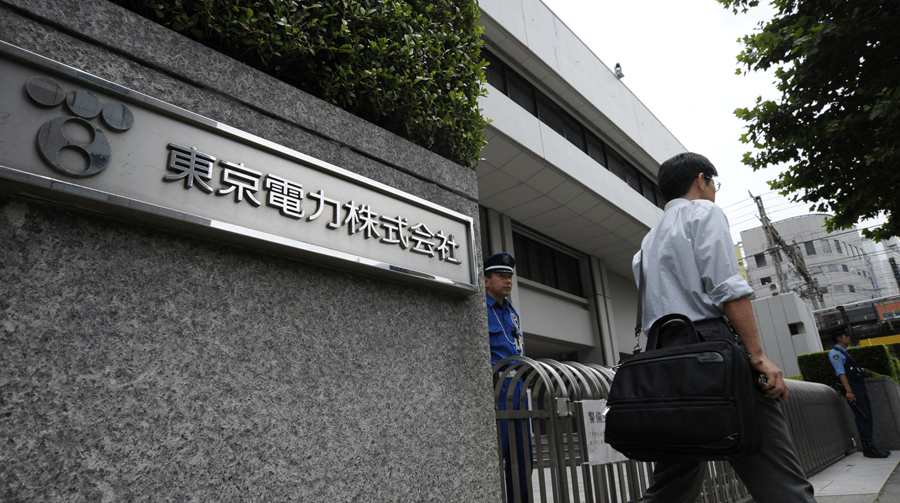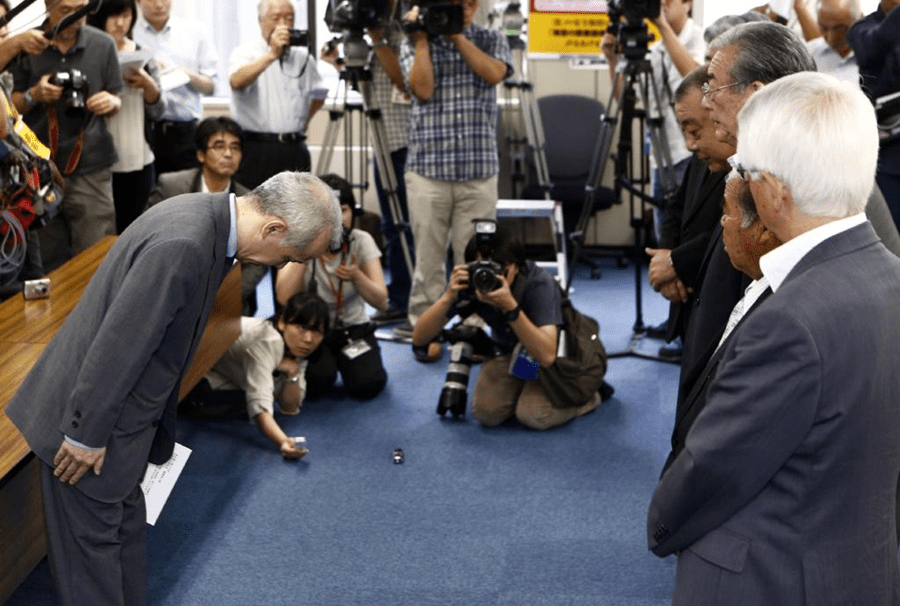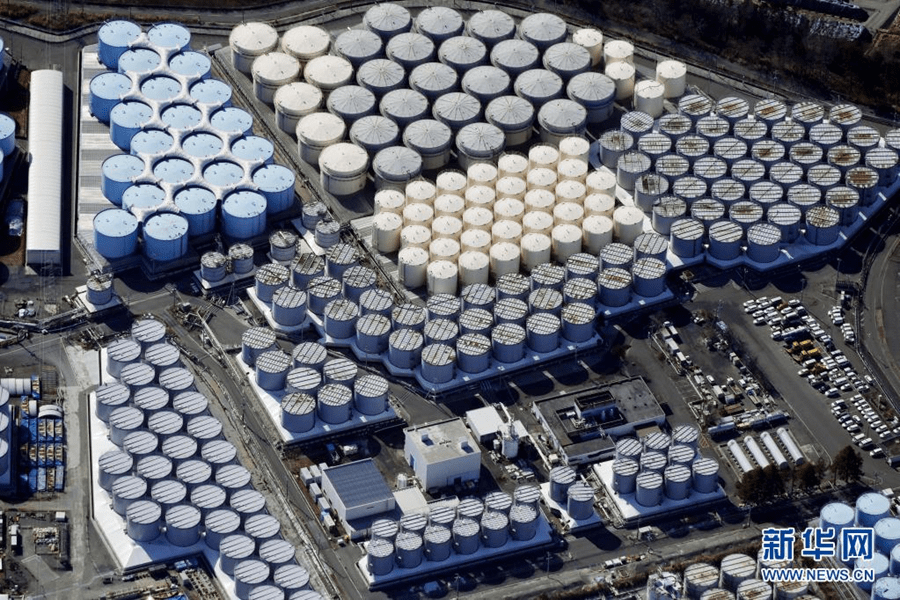On April 13, the Japanese government formally decided to filter and dilute the millions of tons of nuclear-contaminated water from the Fukushima Daiichi Nuclear Power Plant and discharge it into the sea.
When neighboring countries seriously criticized Japan for its opaque and irresponsible actions, one of the protagonists of the nuclear pollution water incident at the Fukushima nuclear power plant— Tokyo Electric Power Company Stand on the cusp of the storm.

Data Map: Tokyo Electric Power Company
What is the existence of Tokyo Electric Power Company?
As the main body of implementation of nuclear contaminated water treatment in the Fukushima nuclear accident in Japan, TEPCO has repeatedly had bad records in the safe operation of nuclear power. Before and after the Fukushima nuclear accident, it had historical records of concealing, false reporting and tampering with information, including nuclear contaminated water. solving issues. For example, in August 2013, under public suspicion, Tepco admitted that about 300 tons of highly concentrated nuclear-contaminated water had leaked from the steel tank, and part of it might have flowed into the Pacific Ocean.
In terms of security management, TEPCO also has scandals. For example, at the Kashiwazaki Kariya Nuclear Power Plant, which is also the largest nuclear power plant of TEPCO, it was exposed that employees used other people’s ID cards to enter the central control room, and intrusion into detection equipment was also discovered. There is a malfunction.
On April 14, Japan’s Nuclear Energy Regulatory Agency, Japan’s Atomic Power Regulatory Commission, decided to ban TEP from restarting the Kashiwazaki Karawa Nuclear Power Plant due to serious safety deficiencies. This move will be the biggest blow to TEPCO since its attempt to resume operations after the accident at TEPCO’s Fukushima Daiichi nuclear power plant in 2011.
According to TEPCO’s past concealing of facts, submitting false reports, and frequent management loopholes, it is worrying that TEPCO will be responsible for the treatment of nuclear contaminated water!

On August 29, 2013, in Tokyo, Japan, Naoki Hirose (left), President of Tokyo Electric Power Company, bowed and apologized to the representative of the National Federation of Fisheries Associations. Japan’s Fukushima Daiichi Nuclear Power Plant previously exposed a large number of leaks of radioactive sewage from storage tanks, which triggered concerns and protests by Japanese fisheries groups.Xinhua News Agency/AFP
What is the relationship between TEPCO and the Japanese government?
Before the Fukushima nuclear accident, Tepco was a private company, and it had a regulatory and regulated relationship with the Japanese government. After the nuclear accident, TEPCO faced huge costs such as waste reactors and compensation. In order to avoid the bankruptcy of this power giant, the Japanese government established the “Japan Atomic Energy Damage Compensation and Reactor Decommissioning Support Agency”. This official agency owns 50.1% of TEPCO’s shares. The right to vote actually put TEPCO under the control of the Japanese government.
According to the related regulations, TEPCO’s mission also includes providing extensive information on waste dumps at home and abroad. This also means that for the various “information black holes” that Tepco has in the process of handling nuclear accidents and nuclear contaminated water, the Japanese government can hardly escape its responsibility!

This is the nuclear sewage storage tank of the Fukushima Daiichi Nuclear Power Plant in Japan taken on February 13, 2021.Xinhua News Agency/Kyodo News Agency
Do the Japanese trust the plan to discharge sewage into the sea?
For the Japanese government and TEPCO’s plan to discharge pollutants into the sea, there is strong opposition in Japan.
According to a survey conducted by the Japan Broadcasting Association at the end of 2020, only 18% of people said they “approve” or “compared to” diluting the purified nuclear contaminated water to national standards before discharging it into the sea. Those who “opposed” and “compared to it” accounted for 51%. According to a poll conducted by the Asahi Shimbun earlier this year, 55% of people opposed it.
The Mainichi Shimbun reported on April 19 that nine Minamata disease patient groups in Japan’s Kumamoto and Niigata prefectures issued a statement against the Japanese government’s basic policy of discharging nuclear contaminated water from the Fukushima Daiichi Nuclear Power Plant into the sea. The statement stated that discharging factory sewage containing mercury into the sea and rivers was the cause of Minamata disease. Now the Japanese government is “repeats the same mistakes.”
The plan to discharge pollutants into the sea has also been blown up online, and many Japanese netizens have expressed dissatisfaction.

Treated water containing radioactive tritium. Why doesn’t the mainstream media report the concentration of radioactive substances other than tritium in the treated water, or the ALPS (Multi-Nuclide Treatment System developed by TEPCO) cannot remove carbon-14? TEPCO admitted several years ago that strontium exceeding the standard was detected 20,000 times in the treated water. ALPS has been running for 8 years without performing performance checks. If there is no agreement on the definition of “safety”, nothing can be said about it (to give people peace of mind). Think about the ocean 200 years from now!

Fundamentally speaking, the discharge into the sea is due to insufficient space for storage tanks. Around the nuclear power plant, people can’t live with high radiation, so build a storage tank there. Isn’t it enough for storage?

Filter the water in the toilet through a water purifier, and then tell you “there is no scientific problem, you can drink”, can you drink it?
(The above comments come from the comments of netizens in Yahoo News Japan)
The Atomic Citizens Committee composed of Japanese citizens and scholars pointed out that, so far, the disclosure and explanation of relevant information by the Japanese government and TEPCO are “incorrect and dishonest.” As stated by the Atomic Citizens’ Committee, how the Japanese government and TEPCO can gain trust at home and abroad is the biggest obstacle to solving the Fukushima nuclear water pollution problem.

On April 13, protesters opposed the discharge of Fukushima nuclear sewage into the sea outside the prime minister’s residence in Tokyo, Japan.Photo by Xinhua News Agency reporter Du Xiaoyi
“The ocean is not Japan’s trash can, and the Pacific is not Japan’s sewer.” From Tepco to the Japanese government, they do not take the lives of their citizens seriously, nor do they take into consideration the feelings and interests of neighboring countries. Are such enterprises and countries still worthy of people’s trust?
Planning: Liu Jiawen
Producer: Xia Xiaopeng, Xu Qian, Lan Jianzhong
Coordinator: Bi Qiulan
Author: Xue pen plow
Editor: Fang Yixiao Yang Guang
Proofreading: Zhu Mengna Ding Yue
Text synthesis: Xinhua News Agency, reference news
Produced by Xinhuanet Overseas Communication Center
Produced by Xinhua News Agency’s International Communication Integration Platform
Source: Xinhua News Agency
wjz





























































You must log in to post a comment.